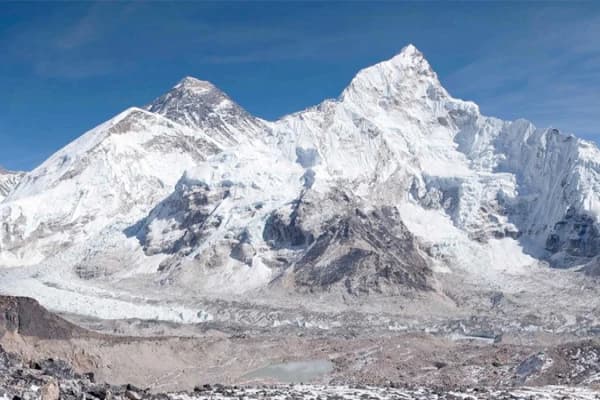The Annapurna Base Camp Trek from Kathmandu is one of Nepal’s most iconic Himalayan adventures, combining breathtaking mountain views, cultural immersion, and scenic landscapes. Surrounded by Annapurna I, Machhapuchhre (Fishtail), Hiunchuli, and Dhaulagiri, this trek takes you through terraced farmlands, rhododendron forests, waterfalls, and traditional Gurung and Magar villages. The best months for Annapurna Base Camp Trekking are spring (March–May), when rhododendrons bloom under clear skies, and autumn (September–November), offering crystal-clear Himalayan views, mild temperatures, and vibrant festivals like Dashain and Tihar. Off-season trekking in winter brings snowy trails and solitude, while monsoon offers lush greenery but challenging conditions. The journey starts with a scenic drive or short flight from Kathmandu to Pokhara, followed by trailheads at Nayapul, Jhinu Danda, or Kande. Highlights include the Poon Hill sunrise hike, natural hot springs at Jhinu Danda, and the final climb into the Annapurna Sanctuary at 4,130m. Suitable for beginners and seasoned hikers alike, this trek is a perfect blend of adventure, culture, and natural beauty.
What is Best Month for Annapurna Base Camp Trekking ?
What is Best Month for Annapurna Base Camp Trekking?
Annapurna Base Camp Trek, one of the most iconic treks in Nepal, is a dream adventure for hikers worldwide. Surrounded by the towering Himalayan giants like Annapurna I, Machapuchare (Fishtail), Hiunchuli, and Dhaulagiri, this trek offers a once-in-a-lifetime experience of walking through terraced farmlands, traditional Gurung villages, and breathtaking alpine landscapes. But one of the most frequently asked questions by trekkers is: What is the best month for Annapurna Base Camp trekking? Choosing the right season is essential for enjoying clear mountain views, favorable weather, and safe trail conditions.

Best Months for Annapurna Base Camp Trekking
The two best trekking seasons for the Annapurna Base Camp (ABC) trek are spring (March to May) and autumn (September to November). Both seasons provide stable weather, excellent visibility, and pleasant temperatures, making them the most popular times to embark on this adventure.
1. Annapurna Base Camp Trek in Spring (March – May)
Spring is one of the most recommended times for the ABC trek. The weather is generally stable, skies are crystal clear, and the temperatures are moderate, ranging from 10°C to 20°C at lower elevations and cooler at higher altitudes. The highlight of trekking in spring is the rhododendron blossoms, turning the entire trail into a colorful paradise. Trekking in March, April, or May also gives you a chance to experience vibrant Himalayan wildlife and cultural festivals in the villages.
Why choose Annapurna Base Cmap Trek in spring?
- Clear views of snowcapped Annapurna range.
- Warm and comfortable trekking conditions.
- Stunning rhododendron and wildflower blooms.
- Ideal for photography and adventure lovers.
2. Annapurna Base Camp Trek in Autumn (September – November)
Autumn is considered the peak trekking season for the Annapurna region. After the summer monsoon, the air is fresh, the sky is crystal clear, and the landscapes are lush and green. Daytime temperatures are mild, while nights are cool but manageable. This is the time when most trekkers prefer to trek to Annapurna Base Camp because the weather is predictable, and mountain views are at their best.
Why choose Annapurna Base Camp Trek in autumn?
- Best visibility of Annapurna, Machapuchare, and Dhaulagiri.
- Stable climate with minimal rainfall.
- Perfect balance of warm days and cool nights.
- Major Nepali festivals like Dashain and Tihar bring cultural richness.
Off-Season Trekking (Winter & Summer)
While spring and autumn are the most recommended, some trekkers choose winter (December – February) and summer/monsoon (June – August) for a different experience.
Winter: The trail is less crowded, and the snow-covered landscapes are magical. However, the temperature can drop below -10°C at higher altitudes, and some routes may be icy or closed.
Monsoon: Trekking during the rainy season brings lush greenery and fewer tourists, but heavy rains, leeches, and slippery trails make it challenging. Clouds often obscure the mountain views.
Gateway to Annapurna Base Camp Trek from Kathmandu
The gateway to Annapurna Base Camp Trek from Kathmandu begins with a scenic drive or a short flight to Pokhara, the adventure capital of Nepal. Most trekkers prefer a 6–7 hour drive along the Prithvi Highway to enjoy views of the Trishuli River and terraced hillsides, while a 25-minute flight offers breathtaking Himalayan panoramas. From Pokhara, the journey to Annapurna Base Camp (ABC) officially starts, with popular trailheads at Nayapul, Jhinu Danda, or Kande. The route passes through charming Gurung and Magar villages, lush rhododendron forests, and terraced farmlands. Trekkers often combine the ABC trek with the Ghoretpani Poon Hill sunrise hike, offering a spectacular view of Dhaulagiri and Annapurna ranges. The Kathmandu to Pokhara transfer is the essential first step before trekking into the heart of the Annapurna Sanctuary, where the majestic peaks of Machhapuchhre (Fishtail), Hiunchuli, and Annapurna I surround the base camp. Whether you fly or drive, Pokhara remains the ultimate gateway for anyone dreaming of the world-famous Annapurna Base Camp trekking adventure.

Exceptions of Annapurna Base Camp Trek
The Annapurna Base Camp Trek from Kathmandu is one of Nepal’s most rewarding adventures, offering trekkers breathtaking Himalayan landscapes and rich cultural experiences. From the moment you leave bustling Kathmandu to Pokhara, the journey unfolds with panoramic views of snow-capped peaks like Annapurna I, Machhapuchhre (Fishtail), Hiunchuli, and Dhaulagiri. Along the trail, you’ll pass through lush rhododendron forests, terraced fields, and charming Gurung and Magar villages, where warm hospitality and traditional culture enhance the trekking experience. Highlights include soaking in natural hot springs at Jhinu Danda, capturing sunrise and sunset over the Annapurna range, and the thrilling final approach to the Annapurna Sanctuary at 4,130m. Trekkers also enjoy diverse flora, cascading waterfalls, and peaceful river valleys. Perfect for adventure lovers, photographers, and nature seekers, this trek delivers the ultimate Himalayan journey filled with scenic beauty and cultural immersion.
Who can do Annapurna Base Camp Trek?
The Annapurna Base Camp Trek from Kathmandu is one of Nepal’s most popular Himalayan adventures, suitable for a wide range of travelers seeking both cultural immersion and mountain beauty. This trek can be done by first-time trekkers with moderate fitness, as well as seasoned hikers aiming to explore the heart of the Annapurna Sanctuary. Anyone who can walk 5–7 hours a day on varied mountain trails with gradual ascents and descents can complete this journey. It is perfect for adventure seekers, nature lovers, solo travelers, couples, and small groups who want to witness panoramic views of Annapurna I, Machhapuchhre (Fishtail), Hiunchuli, and Dhaulagiri ranges.
The trek is also a great choice for travelers looking for a short yet rewarding Himalayan trekking experience, as it can be completed within 7–12 days from Kathmandu. With teahouse accommodation, local Nepali cuisine, and vibrant Gurung and Magar villages, trekkers get a blend of cultural and natural experiences. While no prior high-altitude trekking experience is necessary, basic physical preparation, regular hiking, and cardio exercises help make the journey more enjoyable. Families with older children, adventure photographers, and those seeking budget-friendly trekking in Nepal will also find Annapurna Base Camp Trek a perfect match.
Main Highlights of Annapurna Base Camp Trek
Best Months for Trekking:
- Spring (March–May): Clear skies, moderate temperatures, colorful rhododendron blooms, and vibrant wildlife.
- Autumn (September–November): Peak season with stable weather, crystal-clear Himalayan views, and festive cultural experiences during Dashain & Tihar.
Off-Season Adventures:
- Winter (Dec–Feb): Magical snow-covered trails, fewer crowds, but freezing temperatures and icy routes.
- Monsoon (Jun–Aug): Lush greenery and solitude, but heavy rains, slippery trails, and limited mountain views.
Gateway from Kathmandu:
- Scenic drive (6–7 hrs) or short flight (25 mins) to Pokhara, Nepal’s adventure hub.
- Trek starts from trailheads like Nayapul, Jhinu Danda, or Kande.
Scenic & Cultural Experience:
- Panoramic views of Annapurna I, Machhapuchhre (Fishtail), Hiunchuli, and Dhaulagiri.
- Walk through terraced farmlands, rhododendron forests, waterfalls, and river valleys.
- Explore Gurung & Magar villages with warm hospitality and traditional culture.
Popular Side Trip:
- Ghorepani Poon Hill sunrise hike for breathtaking views of Annapurna and Dhaulagiri ranges.
Unique Experiences:
- Relax in natural hot springs at Jhinu Danda.
- Capture stunning sunrise and sunset over the Himalayas.
- Trek into the heart of the Annapurna Sanctuary (4,130m) surrounded by giant peaks.
Who Can Do It:
- Suitable for first-time trekkers with basic fitness and seasoned hikers alike.
- Ideal for solo travelers, couples, groups, families with older kids, and photographers.
- Trek duration: 7–12 days from Kathmandu with teahouse stays and authentic Nepali cuisine.
This trek is the perfect mix of Himalayan adventure, natural beauty, and cultural immersion, making it one of the most rewarding treks in Nepal.



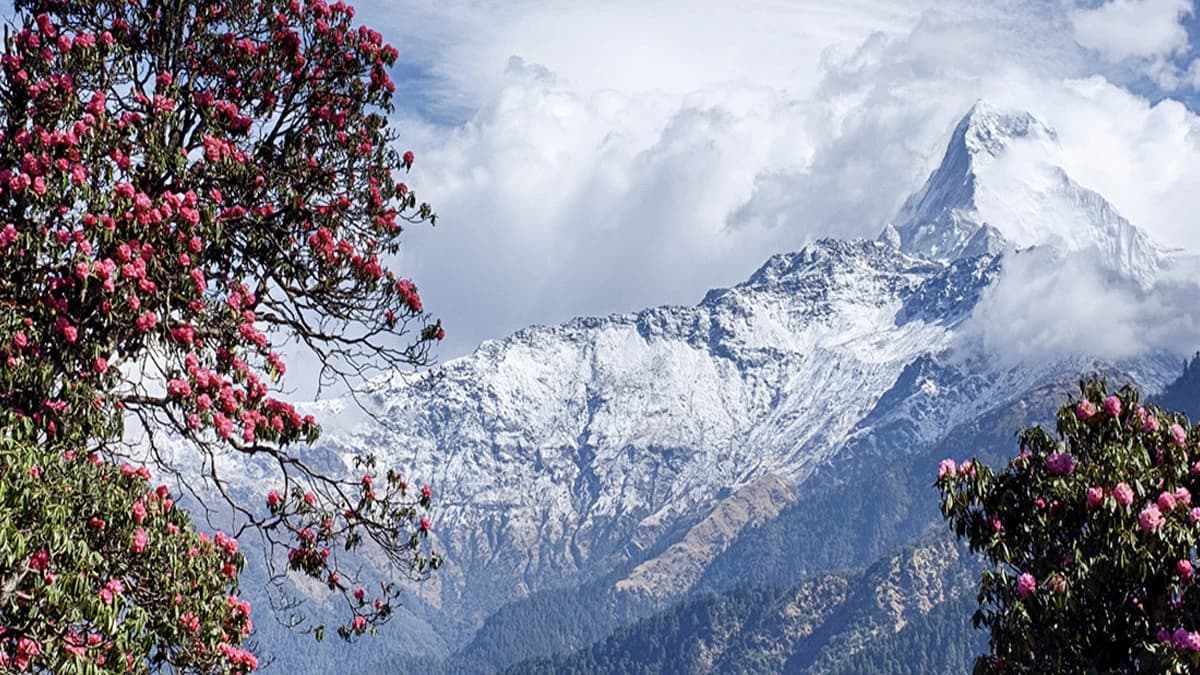
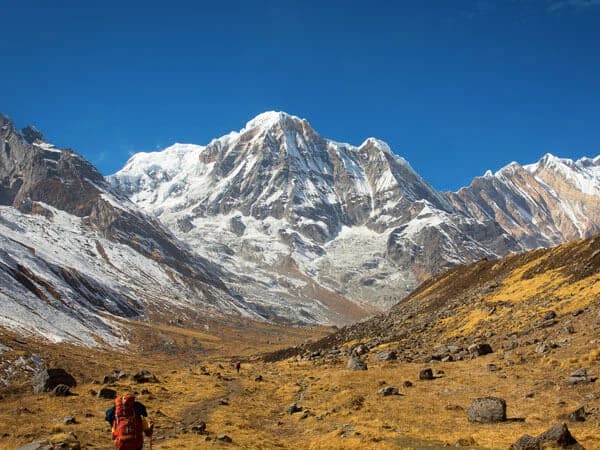
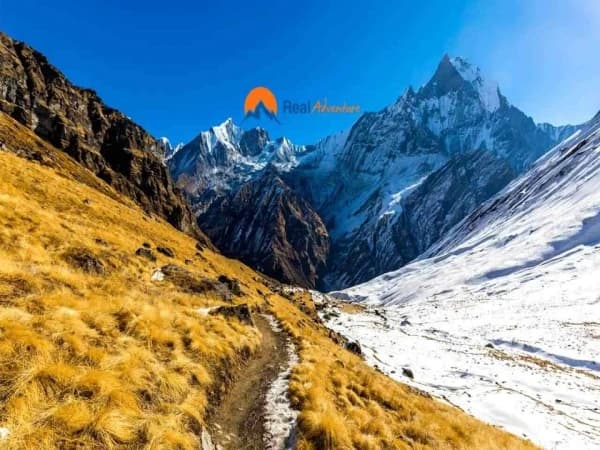
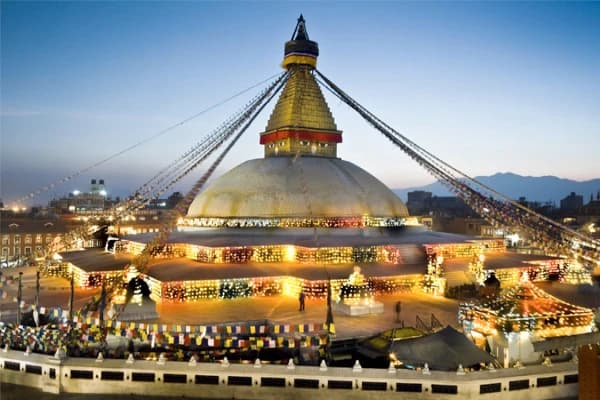
-(5).webp&w=1200&q=75&dpl=dpl_CtNAyRzUAwPdWKDCFxYk5p2VryPh)
